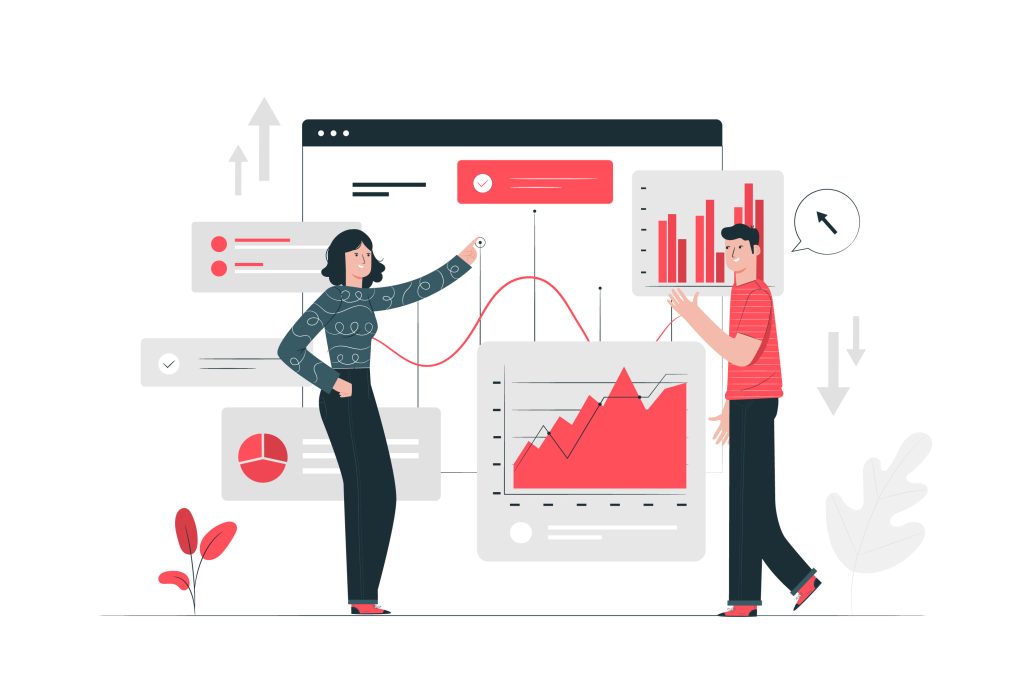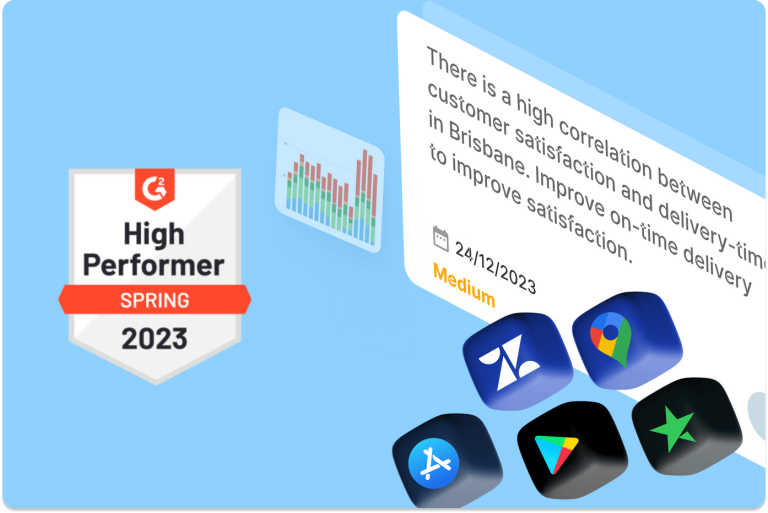
How AI Can Improve Customer Retention
In the era of data-driven decision-making, businesses are increasingly recognizing the pivotal role of customer data consolidation in shaping a seamless and personalized customer experience.

In today’s highly competitive business landscape, the voice of the customer (VoC) has never been more vital. Understanding what your customers think, feel, and desire is the key to not just staying afloat but thriving. Customer feedback is a goldmine of information, and when harnessed effectively, it can turn your business into a powerhouse of success. Let’s delve into the best practices for turning Voice of Customer data into a competitive advantage, complete with facts, figures, and real-world examples.
Before we dive into best practices, it’s essential to understand why VoC data is a game-changer. According to a survey by Qualtrics, companies that prioritize VoC enjoy 10x greater year-over-year increase in annual revenue compared to those who don’t.
VoC data offers insights into customer preferences, pain points, and expectations. By listening to your customers, you can shape your products, services, and strategies to align with their needs. This alignment can yield significant competitive advantages.
Effective VoC data collection starts with casting a wide net. Listen to your customers at various touchpoints, such as surveys, social media, customer support interactions, and product reviews. The more sources you gather data from, the more comprehensive your understanding will be.
Real-world example: Amazon tracks customer reviews meticulously. By analyzing these reviews, they gain valuable insights into customer sentiments and can make improvements based on this feedback.
Gone are the days of manually sifting through stacks of feedback forms. Advanced analytics tools can help you process large volumes of data efficiently. Natural Language Processing (NLP) and sentiment analysis tools can categorize and quantify customer sentiments, making it easier to identify trends and patterns.
Real-world example: British Airways uses NLP and machine learning to analyze customer feedback. They can identify emerging issues and prioritize areas for improvement swiftly.
Not all customers are the same. Segment your VoC data to distinguish between different customer groups. This allows for more tailored strategies and solutions.
Real-world example: Starbucks divides its customers into various segments to understand their unique preferences. This information helps them launch targeted marketing campaigns and new product offerings.
Forget about reading through thousands of voice of customer data points.
Let our AI-powered ‘Insight Assistant’ flag the issues that matter so you can work faster, boost productivity, and save more time.
Listening is the first step; acting is the second. Respond to customer feedback promptly and transparently. Addressing concerns and showing that you value their input can boost customer loyalty.
Real-world example: Apple is renowned for its quick response to customer feedback. They’ve made changes to their products and services based on customer input, improving customer satisfaction.
Use VoC data to drive innovation. Discover unmet customer needs and create products or services that cater to those demands. This can set you apart from competitors.
Real-world example: Netflix’s recommendation system is a result of VoC data analysis. By suggesting content based on user preferences, they keep customers engaged and loyal.
Keep an eye on your competitors’ customer feedback as well. Understanding their strengths and weaknesses from the customer’s perspective can help you fine-tune your own strategies.
Real-world example: Airbnb consistently monitors customer feedback for its hosts and compares it with the feedback received by hotels. This helps them adapt and improve their offerings to stay competitive.
Your employees play a pivotal role in customer interactions. Ensure your team is trained to listen to customers and gather feedback effectively. Their insights are invaluable.
Real-world example: Zappos is well-known for its customer-centric approach. Their employees are empowered to listen to customer feedback and act on it.
VoC data is not a one-time deal. Make VoC analysis an ongoing process. Customer preferences evolve, and your strategies should, too.
Real-world example: Facebook regularly updates its platform based on user feedback and changing trends. They keep their user base engaged and satisfied with continuous improvements.
Investing in VoC data pays off. According to a report by Aberdeen Group, companies that excel at customer experience have 1.5 times as many engaged customers and achieve an average annual increase of 23% in cross-sell and up-sell revenue.
Voice of Customer data is not just a buzzword; it’s a potent tool for gaining a competitive edge. Companies that listen to their customers and act on their feedback enjoy higher revenue, better customer retention, and stronger brand loyalty. By collecting data from multiple touchpoints, utilizing advanced analytics, and continuously innovating, you can harness the power of VoC data to keep your business ahead of the curve.
The success stories of companies like Amazon, Starbucks, British Airways, Apple, Netflix, Airbnb, Zappos, and Facebook demonstrate that VoC data is not just a theoretical concept; it’s a practical, results-driven strategy. So, start listening, start analyzing, and start winning with Voice of Customer data. Your competitors are listening, are you?
In the world of business, the customer’s voice is your compass. By heeding their feedback and consistently steering your business in the right direction, you’ll find yourself ahead of the competition and on the path to sustained success.
Want The Latest CX Intelligence?
Analyse all your voice of customer data in one place and empower your teams with actionable insights that help them understand the true voice of your customers.
✔Free forever ✔ No credit card needed ✔ Reduce Churn


In the era of data-driven decision-making, businesses are increasingly recognizing the pivotal role of customer data consolidation in shaping a seamless and personalized customer experience.

In the ever-evolving landscape of customer-centric business, staying ahead of the curve is essential for success.

In today’s highly competitive business landscape, providing exceptional customer experiences (CX) is paramount for companies looking to thrive.
Don’t Let Your Competitors Understand Your Customers Better Than You
Don’t miss out. Try our 30-day Free Professional Trial.
